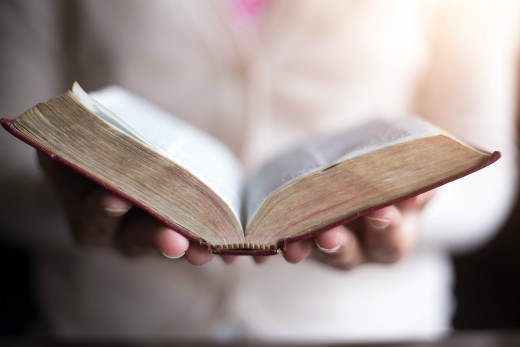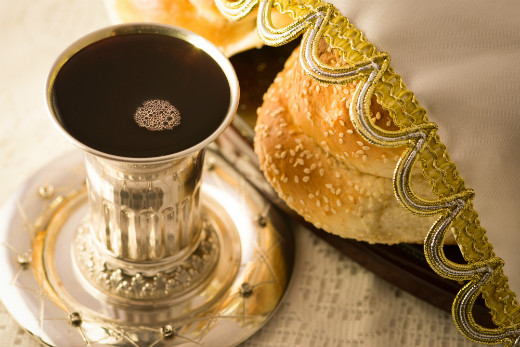In order to recognize and be aware of kedushas Shabbos, the unique sanctity of Shabbos, we need to feel and experience it. Unfortunately, though, most of us usually go through Shabbos without experiencing this holiness. How can we feel this aura of kedushah?
Rabbi Levi Yitzchak Greenwald (Migdalos Merchakim) offers a novel insight in answering this question. The Gemara (Shabbos 10b) says that G-d describes Shabbos as “a wonderful gift in My treasure house.” Every week, we receive a precious gift — Shabbos — that comes to us directly from Hashem’s “treasure house.” As Rabbi Greenwald notes, the Gemara in a different context speaks of something else that is found in the Divine treasury. The Gemara (Berachos 33b) comments that since the destruction of the Beis HaMikdash, all G-d has is otzar shel yiras Shamayim — “a storehouse of yiras Shamayim.” Accordingly, Rabbi Greenwald explains, yiras Shamayim is a prerequisite for experiencing the sanctity of Shabbos. The way we are able to feel the holiness of the day is through enhancing our fear of G-d, which requires advanced preparation prior to the onset of Shabbos.
This is already alluded to in the Zohar, which comments that בראשית, the opening word of the Torah, contains the same letters as ירא שבת — “awe of Shabbos.” Shabbos is integrally bound to yiras Shamayim, and thus the higher we elevate our standards of yiras Shamayim, the more we can feel and experience the holiness of Shabbos.

This connection is also indicated by a pasuk that lists several blessings Hashem will bestow upon Bnei Yisrael: V’haya emunas ite’cha cho’sen yeshuos chochmas vadaas — “The faith of your times will be the strength of your salvations, wisdom and knowledge” (Yeshayah 33:6).
The Gemara (Shabbos 31a) comments that the six terms mentioned in this phrase correspond to the six sections (sedarim) of the Mishnah. The word emunas (faith) corresponds to Seder Zeraim; ite’cha (your times) corresponds to Moed; cho’sen (strength) corresponds to Seder Nashim, as women are the source of our nation’s strength; yeshuos (salvations) corresponds to Seder Nezikin; chachmah (wisdom) corresponds to Seder Kodashim, which requires great wisdom; and daas (knowledge) corresponds to Seder Taharos. According to Kabbalistic teaching, these six sections correspond to the six days of the week: Zeraim corresponds to Sunday, Moed to Monday, and so on. For this reason, those who follow the daily Chok L’Yisrael learning schedule learn Mishnayos from each seder on the corresponding day: Zeraim on Sunday, Moed on Monday, Nashim on Tuesday, Nezikin on Wednesday, Kodashim on Thursday and Taharos on Friday.
This pasuk in Yeshayah concludes, “Fear of G-d, that is man’s treasure house,” and this conclusion corresponds to the seventh day, Shabbos. The day is associated with yiras Shamayim because in order to properly experience its kedushah, we need to first develop yiras Shamayim.

Therefore, our preparations for Shabbos must include not only the physical preparations, such as shopping, cleaning and cooking, but also spiritual preparation. In order to absorb and experience the special sanctity of the day, we need to prepare ourselves ahead of time by enhancing our yiras Shamayim through the study of mussar and contemplating Hashem and our role in this world.
Rabbi Greenwald adds that this association is effective in the opposite direction, as well. As Shabbos relates to the concept of yiras Shamayim, it has the ability to help us grow in this area. Just as a person who visits a perfume shop will leave smelling like perfume, similarly, by experiencing the sanctity of Shabbos we absorb its spiritual “fragrance,” which is yiras Shamayim. Hence, by preparing ourselves before Shabbos through enhancing our yiras Shamayim, we can truly experience the sanctity of Shabbos, which will, in turn, help us advance our yiras Shamayim even further.
—————————————————————
Reproduced from Living Shabbos by Rabbi David Sutton
ArtScroll / Mesorah Publications Ltd. Reprinted with permission.





